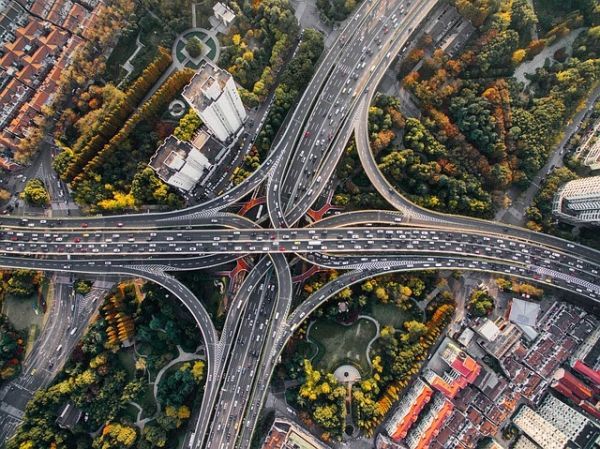Near-road air quality continues to be an important issue for transportation agencies. Invisible plumes of dirty air from cars and trucks on roadways spread to surrounding neighborhoods increasing residents’ risk of cancer, asthma, heart disease, and other illnesses. Researchers have found that roadside barriers such as sound walls can provide a benefit for near-road air quality by deflecting the pollutant, increasing dispersion and reducing the concentration for receptors behind the barrier. To measure these effects, UC Riverside mechanical engineering professor Akula Venkatram received a $500,000 award from the California Department of Transportation.
Current systems modeling dispersion of pollutants associated with mobile sources do not include the effects of near-road solid barriers, which have become common in California. Although these barriers are designed to reduce the impact of highway noise for people living close to roadways, studies have shown they also have significant effects on near-road air quality. Research indicates noise barriers reduce near-source concentrations by as much as 20-40 percent within 180 meters from tracer source relative to those in absence of the barrier. The United States Environmental Protection Agency research dispersion model for a line source, RLINE, includes a roadside barrier algorithm to model these effects, but has yet to be evaluated under real-world conditions to determine its applicability to estimate the impact of vehicular emissions on near-road air quality in the presence of sound barriers. RLINE is being incorporated into AERMOD, which is USEPA’s model for regulatory applications.
Continue reading at University of California Riverside
Image via Pixabay


